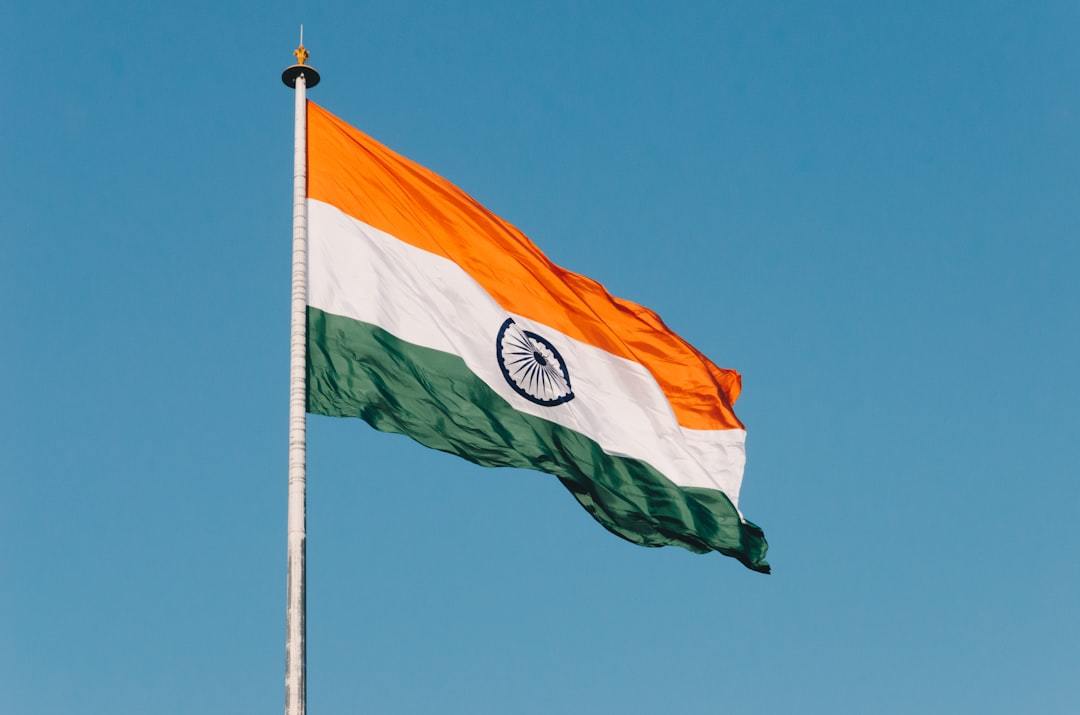You’re a budding entrepreneur with a brilliant idea, ready to take on the world. But hold up. Have you considered the key differences in the startup culture in India vs. the U.S. (United States)?
It’s a whole different ballgame, my friend. From funding to talent acquisition and customer experience to pivoting strategies, startups operate in these two countries like night and day.
So, before you dive headfirst into the startup pool, let’s take a closer look at the key differences in startup culture in India vs. U.S. that could make or break your entrepreneurial journey.
Table Of Contents:
- The Growth Trajectory of India’s Startup Ecosystem
- Funding Dynamics in the Startup Culture in India vs. U.S.
- Conclusion
The Growth Trajectory of India’s Startup Ecosystem
India’s entrepreneurship start-up ecosystem has become a global powerhouse, witnessing explosive growth in recent years. As of 2023, there were over 99,000 recognized startups in India, thanks to a vibrant entrepreneurship culture, government support, and a welcoming regulatory environment. This represents a phenomenal leap from estimates of around 3,100 in 2014, highlighting the ecosystem’s remarkable trajectory.
Several important factors are driving this surge of the startup culture in India vs. U.S.:
- Government Initiatives: Supportive government policies like Startup India have streamlined regulations and offered funding options and tax incentives, fostering a more conducive environment for startup business ideas to thrive in the Indian economy.
- Increased Internet Penetration: India’s rapidly expanding Internet user base provides startups with a massive market and facilitates wider adoption of their digital solutions.
- Highly Skilled Workforce: India boasts a large pool of talented professionals, offering startups access to a valuable resource for innovation and development.
- Investment Boom: Venture capital inflow into Indian startups has risen significantly, providing the necessary financial fuel for growth and expansion. The presence of over 100 unicorns, startups valued at over $1 billion, stands as a testament to the success of this ecosystem.
With its robust foundation and accelerating growth, India’s start-up ecosystem is poised to play a major role in global innovation’s future.
Factors Contributing to the Growth
India’s startup ecosystem has become a global powerhouse, fueled by several key factors in the startup culture in India vs. U.S.:
1. Exploding Internet Penetration: As of 2024, India boasts over 900 million Internet users, solidifying its position as the second-largest online market globally. This massive user base gives startups unprecedented opportunities to reach a vast and diverse audience.
2. Supportive Government Initiatives: Government programs like Startup India and Digital India continue to play a crucial role. These initiatives offer entrepreneurs funding, mentorship, policy support, tax breaks, and streamlined regulatory support, making it easier for startups to establish and thrive.
3. Untapped Market Potential: India’s rapidly growing and evolving market presents a treasure trove of opportunities for innovation. From fintech and e-commerce to healthcare and education, startups have immense potential to disrupt traditional industries with tech-driven solutions.
4. Tech-Savvy Population: India’s young and tech-savvy population is a major driver of startup growth. This demographic readily adopts new technologies, creating a fertile ground for innovative solutions for India’s middle class.
5. Increased Investment: Venture capital inflow into Indian startups has witnessed a significant rise. This abundant financial fuel empowers startups to scale their operations and achieve sustainable growth.
A Perfect Storm for Innovation:
These factors combine to create a perfect storm to support startups in India’s rapidly expanding ecosystem. With a supportive environment, a vast market, and a growing talent pool, the Indian startup scene is poised for continued exponential growth in the coming years.
Funding Dynamics in the Startup Culture in India vs. U.S.
While both India and the United States have thriving startup ecosystems, there are notable differences in startup culture in India vs. U.S. regarding how companies secure funding in each country. Understanding these dynamics is crucial for entrepreneurs looking to raise capital and scale their ventures.
Investor Expectations in India
In India, venture capitalists and investors tend to favor funding startups more conservatively. They often look for companies with a proven business model, revenue streams, and a clear path to profitability.
This focus on monetization and lean operations from the outset is largely due to the limited access to capital in the Indian market. Startups must demonstrate their ability to generate revenue and sustain themselves with minimal funding.
Indian venture capitalists and investors also strongly emphasize the founding team’s experience and domain expertise. They want entrepreneurs with a deep understanding of their industry and the ability to navigate challenges in the local market.
The U.S. Approach to Startup Funding
In contrast, the startup funding landscape in the United States is more aggressive and risk-tolerant. Investors are often willing to back startups based on a strong concept alone, even if the company has yet to generate revenue or establish a clear business model.
This approach is fueled by the abundance of venture capital in the U.S. market. With a well-developed ecosystem of angel investors, venture capital firms, and institutional investors, startups have access to larger pools of capital at various stages of growth.
U.S. investors also place a greater emphasis on the potential for rapid growth and market disruption. They are more likely to back bold ideas and visionary founders, even if the path to profitability is unclear immediately.
While Indian startups need to focus on revenue generation and operational efficiency from the start, their U.S. counterparts have more leeway to experiment, iterate, and scale rapidly with investor backing.
Conclusion
Startup culture in India and the U.S.—two sides of the same coin yet worlds apart.
In India, it’s all about bootstrapping, lean operations, and navigating a complex regulatory landscape. In the U.S., funding flows more freely, but competition is fierce, and customer experience reigns supreme.
Understanding these differences is crucial for entrepreneurs. It could mean the difference between a startup that soars and one that sinks.
But here’s the thing: no matter which side of the globe you’re on, the entrepreneurial spirit knows no bounds. You can make your startup dreams a reality with the right mindset, a killer idea, and a willingness to adapt.
So, whether you’re in Bangalore or Silicon Valley, embrace your startup ecosystem’s unique challenges and opportunities. Learn from the best, innovate relentlessly, and never stop chasing that entrepreneurial high.
Subscribe to my LEAN 360 newsletter to learn more about startup insights.





